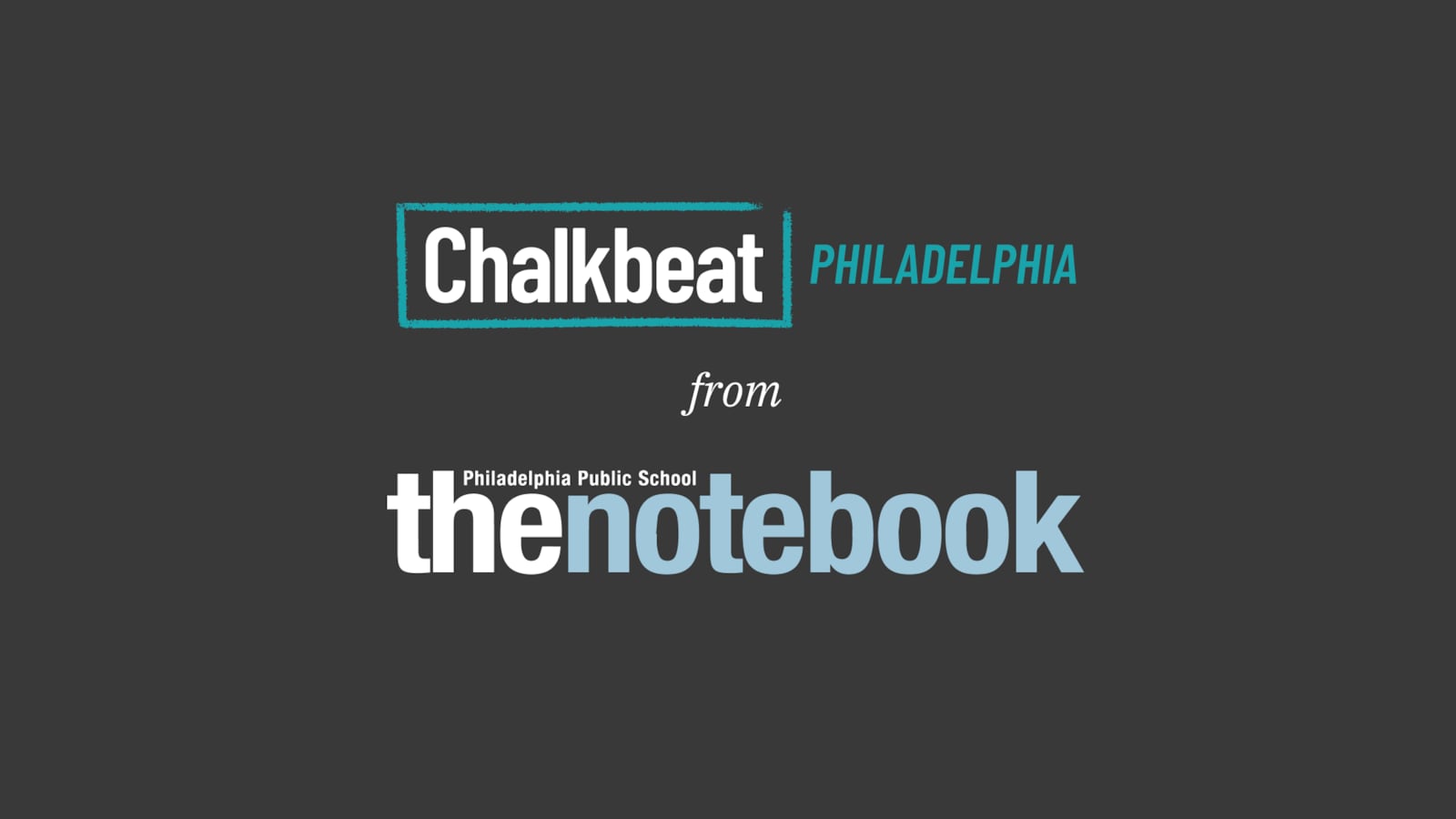This article was originally published in The Notebook. In August 2020, The Notebook became Chalkbeat Philadelphia.
Your browser does not support the audio tag.
This week, Pennsylvania’s Gov. Wolf announced a plan to dramatically increase education funding. But heading into 2016-17 budget negotiations with the current budget still unfinished has created a funding landscape that is "perplexing" and "convoluted" for public schools, superintendents around the commonwealth say.
"Until we know more about the funding, it makes it very difficult when you have two budgets you’re looking at right now," said Michael Braun, business manager for the Morrisville School District in Bucks County.
A small, blue-collar district, Morrisville cut some art and science classes when its state funding was reduced across the board in 2011. The governor’s budget proposals aim to restore some of the funding that went away, but have faced an uphill battle in the state legislature.
Some schools hit hard by those cuts are now just holding on — with the added challenge of complete uncertainty about when they’ll get money and how much.
"Costs go up all over the place," said Braun. "Your retirement, Social Security, your medical benefits. They’ve all gone up."
Those costs are legally mandated, said Braun, so the money must be found by taking it away from something else.
Morrisville gets about a quarter of its funds from the state. Many districts in the commonwealth — mostly rural districts and urban centers — get more than half of their funds from state coffers.
The Reading Area School District is relying on Pennsylvania for 73 percent of its 2016-17 budget. To fill the hole left without state funding, the district has taken out two loans, according to Superintendent Khalid Mumin.
"Right now, we’re at a point where we’re paying $800 a day in interest on a $20 million loan," he said. Because of an emergency disbursement at the end of December, the district hasn’t had to tap the second loan, for $30 million. Mumin said he expects to start drawing from it in March.
Districts borrow $900 million to keep running
At the end of 2015, the Pennsylvania Auditor General’s Office tallied $900 million in loans taken out by school districts across the state. Philadelphia, by far the biggest school district in the state, borrowed $525 million. Interest payments for those loans factor into school budgets, with no guarantee that the state will pick up the tab that its prolonged negotiations incurred.
"We’re struggling to stay afloat at this point," said Mumin. Like many districts, Reading has been negotiating with some of its contractors to cut costs wherever possible. For next year’s budget, Mumin said, Reading school officials will plan on a 1 percent increase in expenses, but no more money from the state.
Several constraints hamper Pennsylvania schools’ ability to stay solvent during a prolonged state budget impasse.
First, school districts with less robust tax bases get more money from the state. Second, state funding for schools dropped precipitously in 2011. That means schools have been making do with less for five years, cutting staff and stripping fund balances.
Finally, Act 1 limits how much districts can raise property taxes to pay for schools in a given year, although there are exemptions.

